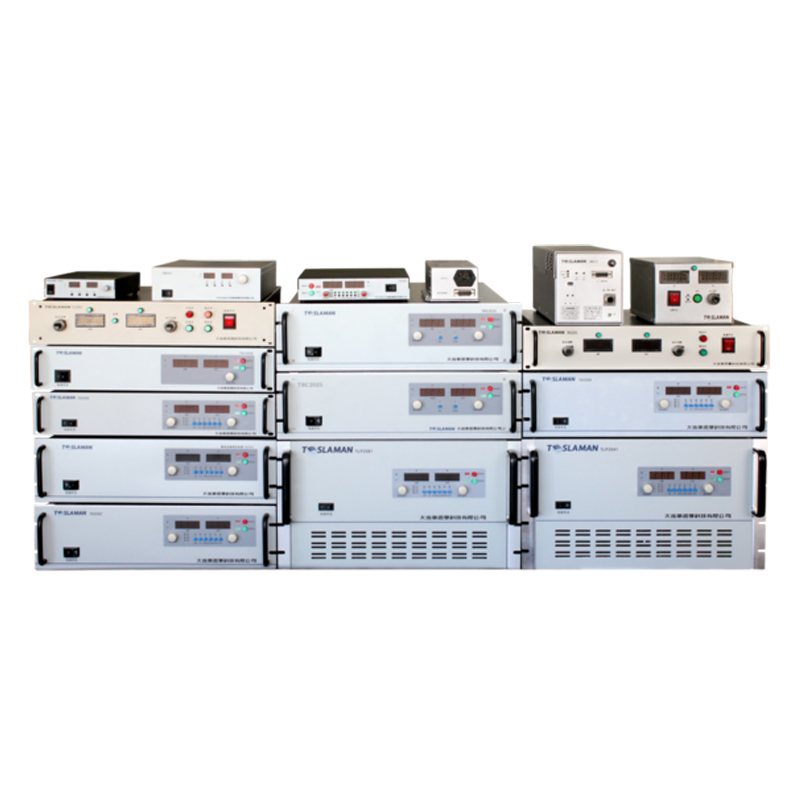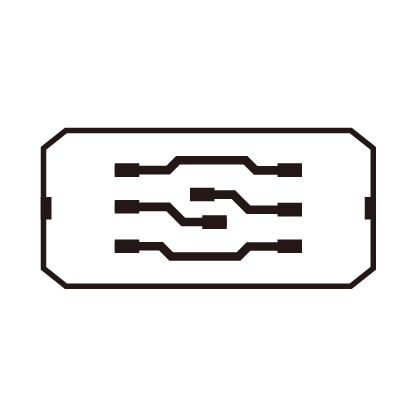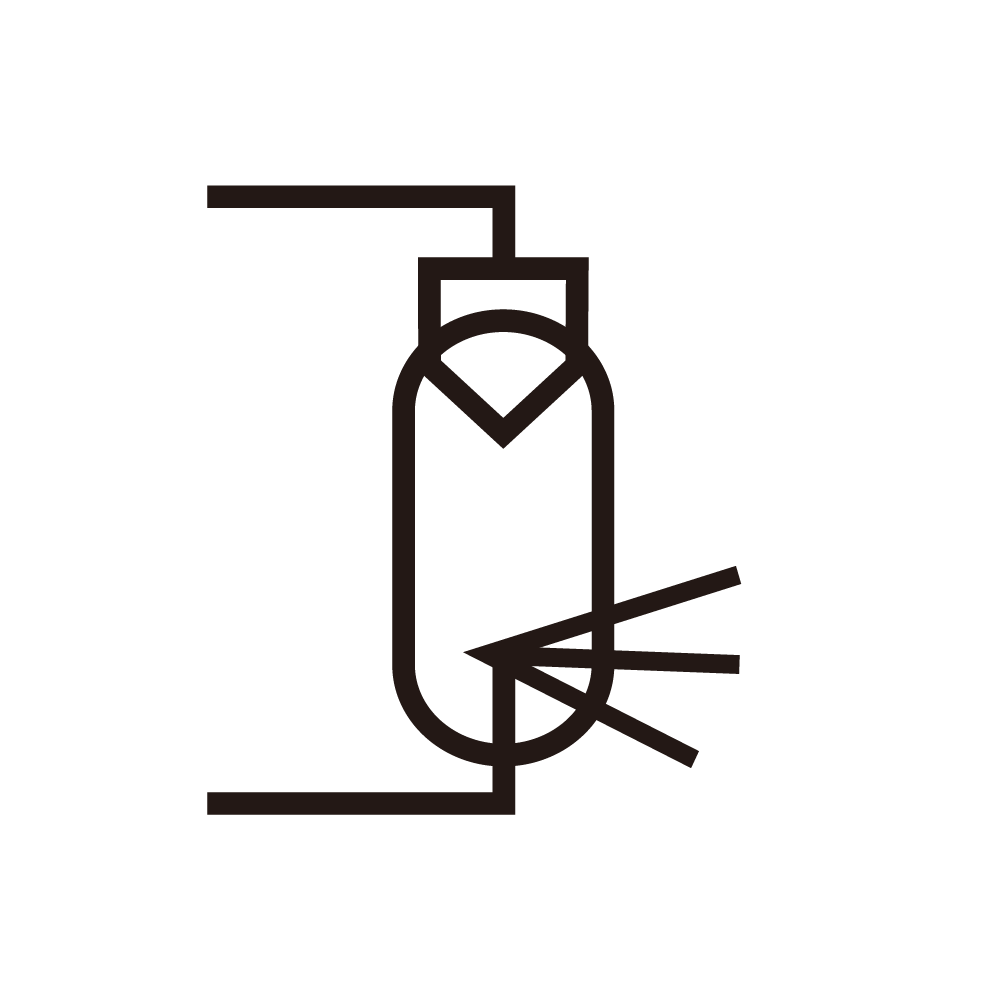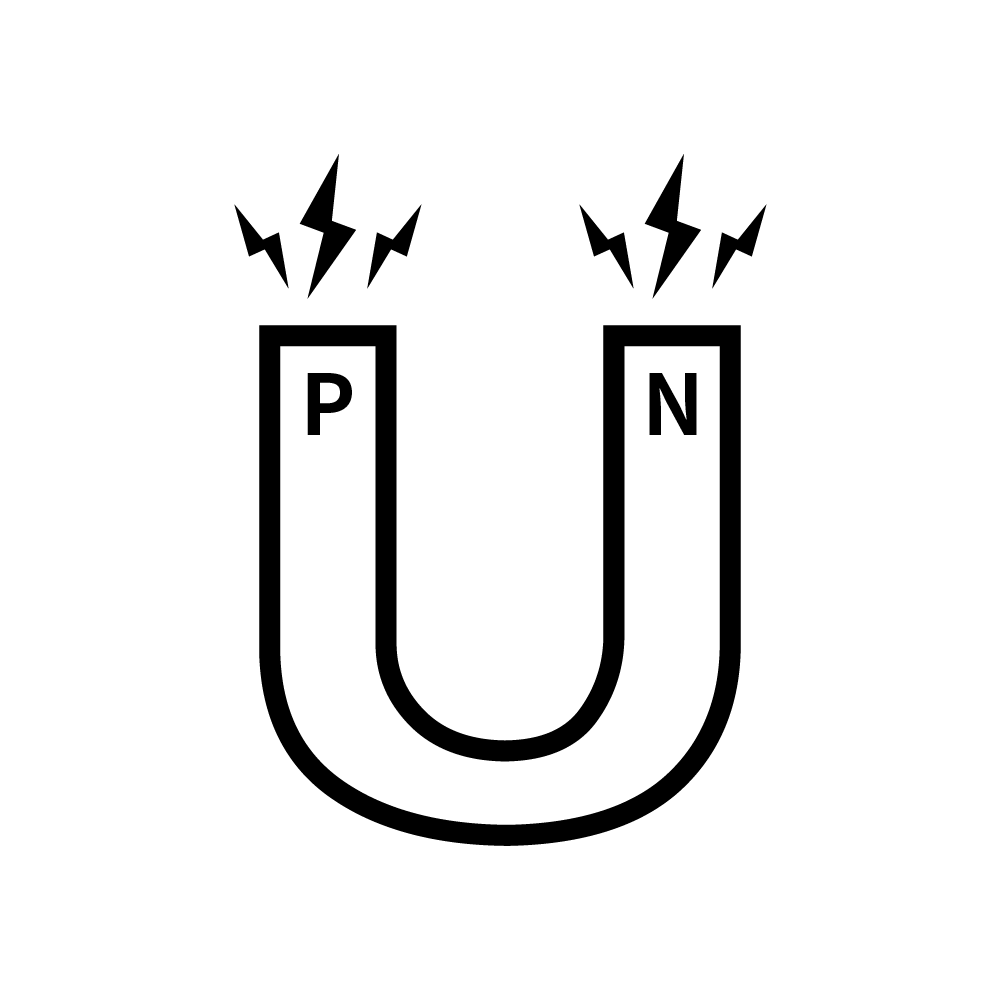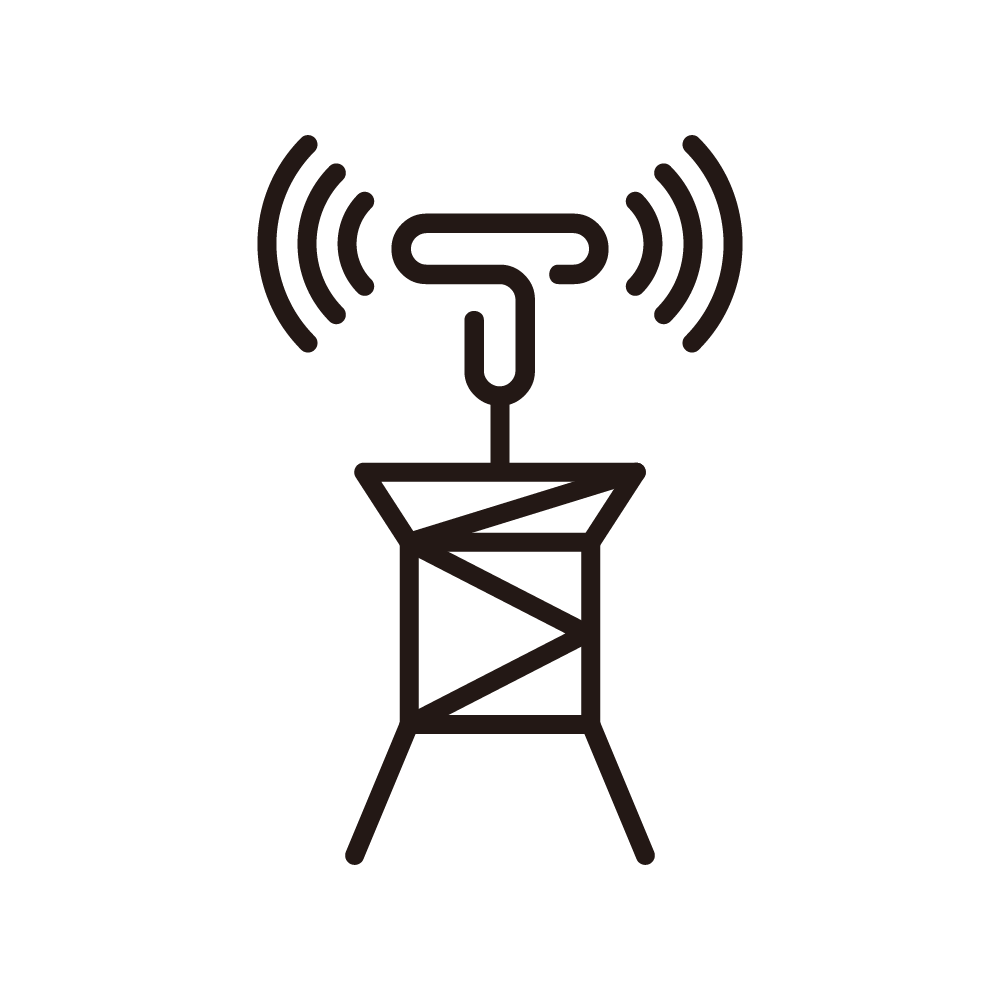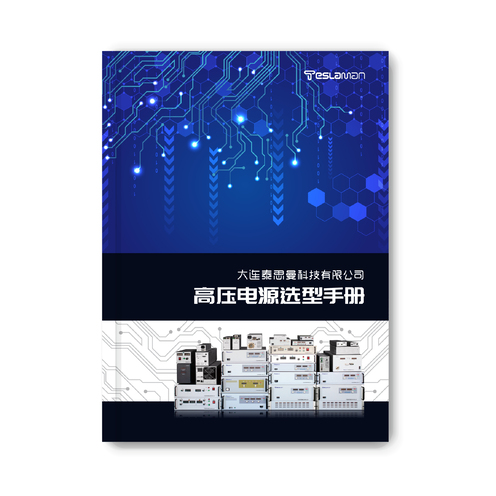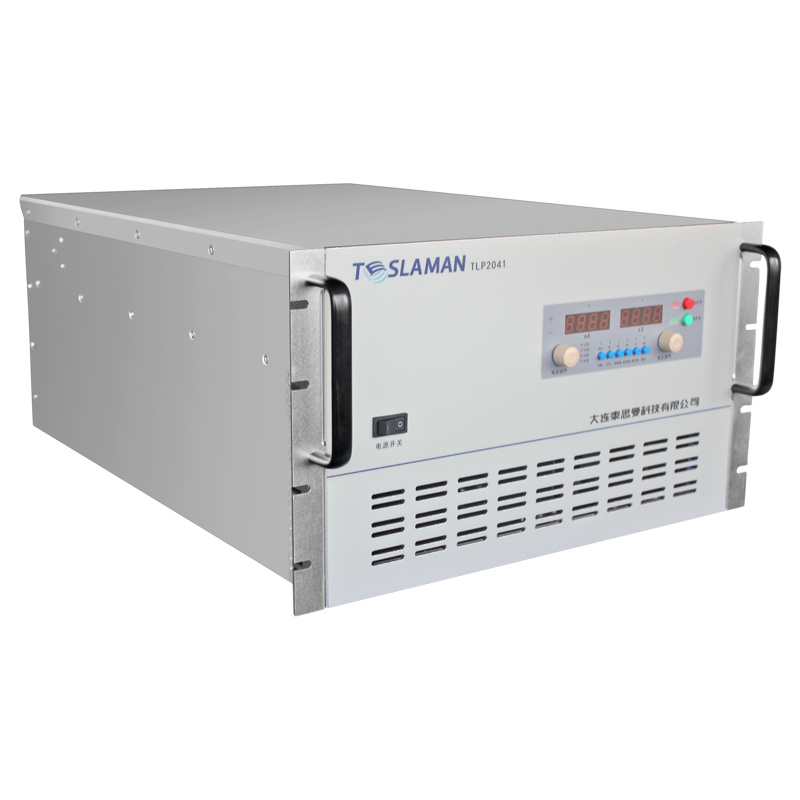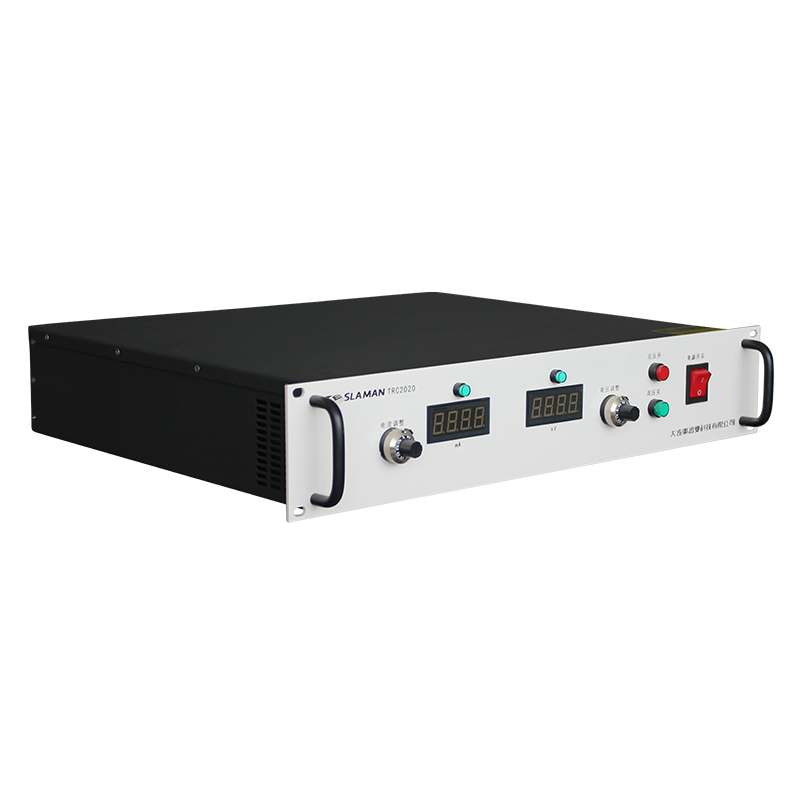The Safety of High-Voltage Power Supplies for Blood Irradiation
In the modern medical field, blood irradiation technology plays a crucial role in ensuring transfusion safety. As the core component of blood irradiation equipment, the safety of high-voltage power supplies is directly related to the life and health of patients and the smooth progress of medical procedures.
In terms of the principle, blood irradiation uses high-energy rays generated by a high-voltage power supply to treat blood, aiming to inactivate immunocompetent lymphocytes and prevent severe complications such as transfusion-associated graft-versus-host disease (TA - GVHD). However, high-voltage power supplies involve risk factors such as high voltage and large current during operation. If safety measures are not in place, a series of serious problems may occur.
Electrical safety is the primary concern for the safety of high-voltage power supplies for blood irradiation. The high voltage inside the high-voltage power supply can cause electric shock accidents, posing a threat to the lives of operators and maintenance personnel. To prevent such dangers, the equipment must have a perfect grounding system to ensure that the current can be quickly conducted into the ground, avoiding electric shock to personnel. At the same time, multiple insulation protection technologies are adopted to effectively isolate the high-voltage part and prevent accidental human contact with the high-voltage live part. In addition, it is also essential to install overcurrent and overvoltage protection devices. Once the power supply malfunctions, these devices can quickly cut off the circuit to avoid fires or equipment damage caused by electrical failures.
Radiation safety is also of utmost importance. Although the purpose of blood irradiation is to use rays to beneficially treat blood, if the ray leakage exceeds the safety standard, it will cause long-term radiation hazards to the surrounding environment and personnel. Therefore, the irradiation equipment where the high-voltage power supply is located must have a good radiation shielding structure. Usually, high-density shielding materials such as lead are used to block the leakage of rays. At the same time, a radiation monitoring system is set up to real-time monitor the radiation dose in the irradiation area and the surrounding environment. Once the dose exceeds the standard, corresponding measures should be taken immediately, such as stopping the equipment operation and checking the shielding facilities.
Thermal safety cannot be ignored either. High-voltage power supplies generate a large amount of heat during operation. If the heat dissipation is not timely, it may cause the equipment temperature to be too high, affecting the performance and lifespan of the power supply, and even triggering a fire. For this reason, an efficient heat dissipation system, such as an air-cooling or liquid-cooling device, is required to ensure that the power supply operates within an appropriate temperature range. In addition, temperature monitoring sensors should be installed to real-time monitor the temperature of key components. Once the temperature reaches the warning value, heat dissipation measures should be promptly activated or shutdown protection should be taken.
In terms of operational safety, strict operating procedures and personnel training systems should be established. Operators must undergo professional training, be familiar with the operation procedures and precautions of high-voltage power supplies, and avoid safety accidents caused by misoperation. The equipment should have clear operation instructions and warning signs to remind operators to pay attention to safety during the operation process. At the same time, a perfect safety interlock mechanism should be established to ensure that the high-voltage power supply cannot be started when the equipment door is not closed or the protection device is not in place, preventing personnel from entering the dangerous area when the equipment is running.
The safety of high-voltage power supplies for blood irradiation is a systematic project involving multiple aspects such as electrical, radiation, thermal management, and operation. Only by comprehensively implementing various safety measures can the safety and reliability of the blood irradiation process be ensured, providing a solid guarantee for the development of the medical industry.
